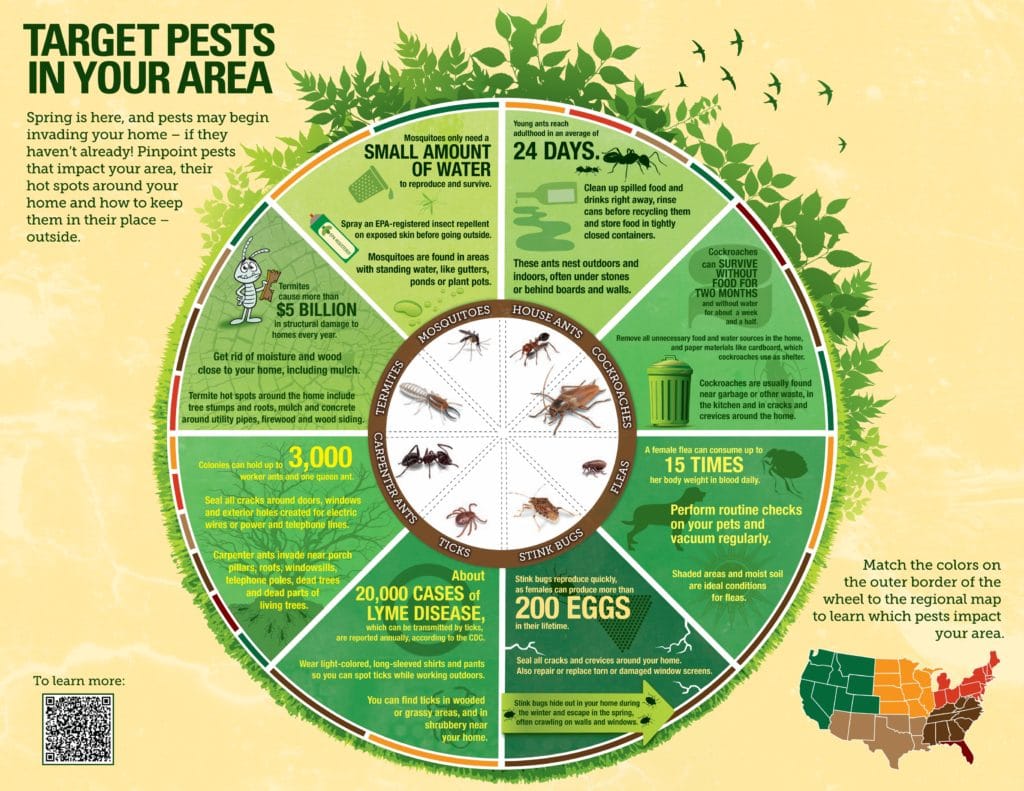Utilize Your Expertise Of Rodent Nesting Actions To Outsmart These Pest Management Methods
Utilize Your Expertise Of Rodent Nesting Actions To Outsmart These Pest Management Methods
Blog Article
Content Written By-Cunningham Thorsen
When it concerns rodent control, comprehending typical rodent behavior is crucial to properly managing problems. Did you know that rats have some interesting nesting practices that might stun you? By exploring their complex behaviors, you can obtain useful insights right into just how to take on rodent issues in an extra tactical and effective manner. So, let's unwind the enigmas behind these creatures' actions and discover how to outsmart them in your rodent control efforts.
Rodent Nesting Habits
When observing rodents in their natural environment, you'll discover that they proactively seek out products to create their nests. Rats, such as computer mice and rats, are resourceful animals that make use of a range of items like twigs, leaves, paper, and material to build their homes. They're thorough in their nest-building procedure, commonly lining their nests with softer materials like hair or feathers to produce a relaxing environment.
Rats choose to develop their nests in hidden and safe and secure locations to secure themselves and their young from predators. Typical nesting places include wall surface dental caries, attic rooms, basements, and also within insulation products. By constructing their nests in these secluded areas, rodents can safely increase their spawn far from potential threats.
It is important to comprehend the nesting habits of rodents when carrying out control procedures. By disrupting their nests or getting rid of products, you can dissuade rats from establishing an existence in your home or residential or commercial property. Proper hygiene and sealing access factors are also critical steps in preventing rodent problems.
Rodent Feeding Patterns
After observing rats' nesting practices, it becomes evident that their feeding patterns play a critical duty in their daily lives and actions. Rats, including computer mice and rats, are opportunistic feeders, meaning they'll consume whatever food resource is conveniently available. https://www.marketwatch.com/guides/home-improvement/terminix-reviews/ , liking to forage for food during the cover of night to stay clear of predators.
Rodents have a varied diet plan, ranging from grains, seeds, fruits, and veggies to pests, nuts, and even tiny pets. This versatility in their food choices permits them to grow in different environments, consisting of city locations where human food sources are plentiful.
Their feeding patterns aren't only driven by hunger however additionally by the need to stockpile food for times of scarcity. This habits is specifically visible to prepare for cold weather or when nesting. Rodents are known to hoard food in their nests or burrows, making sure a continuous food supply. Recognizing their feeding patterns is necessary in applying effective rodent control steps to interrupt their food sources and avoid invasions.
Rodent Motion and Traveling
Rodents navigate their environments with agility and stealth, using their eager senses to move swiftly through their environments. These creatures are experienced climbers, able to range wall surfaces and vertical surfaces effortlessly. They can also squeeze through surprisingly small openings, making it important to seal any kind of potential entrance points in your home.
When it comes to traveling, rats have a tendency to comply with acquainted courses, developing tracks along wall surfaces or skirting the edges of rooms. They're creatures of habit, typically sticking to these developed paths as they forage for food or discover their environments.
Rats are understood for their nocturnal behaviors, so you might hear them scampering around in the evening as they look for food and water. Their movements fast and unpredictable, enabling them to dart in and out of view in the blink of an eye.
Comprehending just how rats move and take a trip can help you identify potential problem locations in your home and take proactive steps to prevent these pests from acquiring a footing.
Verdict
As you function to control rodents in your home, bear in mind that recognizing their behavior is essential. By identifying their nesting routines, feeding patterns, and activity, you can properly prevent problems.
Coincidentally, by taking aggressive steps to remove food resources and seal off entrance factors, you can interrupt their familiar courses and force them to seek out new places, eventually decreasing the likelihood of rodent presence in your living spaces.
